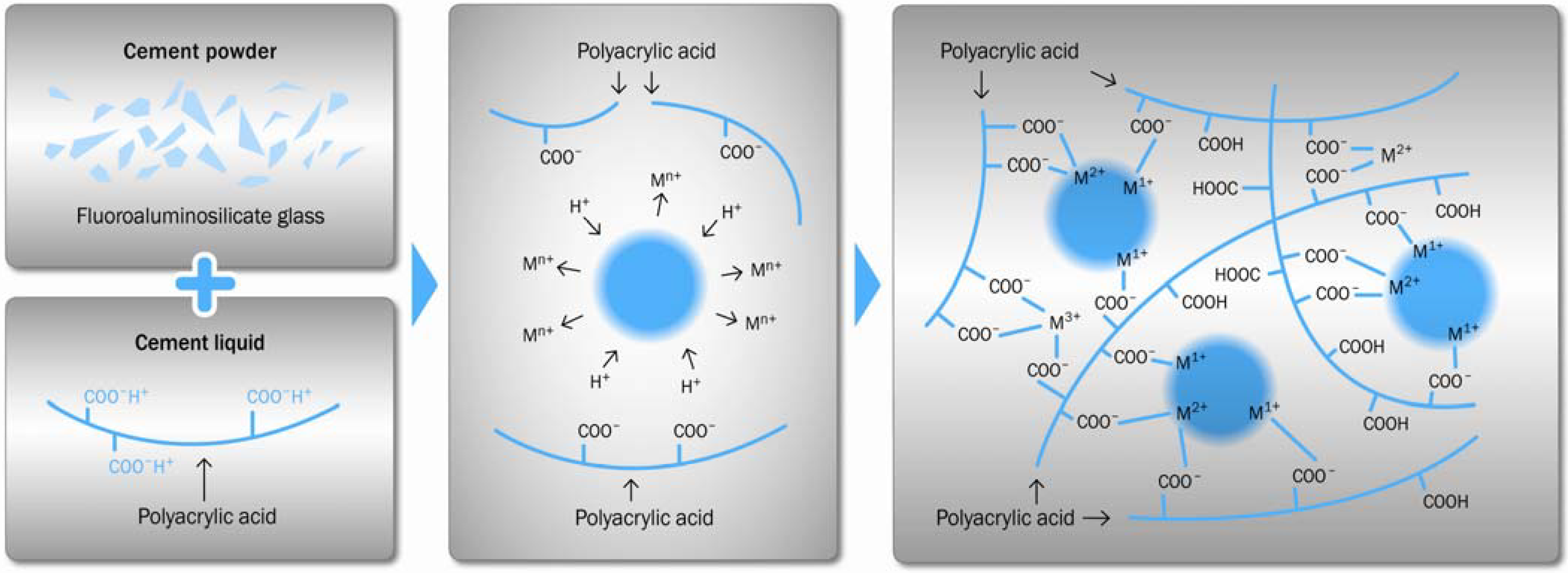| drug name | Resin-modified Glass Ionomers |
| classification | Dental restorative materials |
| pharmacokinetics | Resin-modified glass ionomers are not absorbed systemically. Their effects are localized to the site of application within the tooth structure. No systemic pharmacokinetic data is applicable. |
| suggested dosage | Dosage is not applicable; Resin-modified glass ionomers are applied as a restorative material directly to the tooth surface. |
| indications | | 1 | Filling cavities and restoring teeth | | 2 | Treating dental erosion and caries (decay) | | 3 | Providing a base for other restorations |
|
| safety in pregnancy | Limited data exists on the safety of resin-modified glass ionomers in pregnancy. While not expected to pose significant systemic risks, pregnant patients should consult with their dentist. |
| safety in breastfeeding | Resin-modified glass ionomers are not systemically absorbed and are not expected to impact breastfeeding. Consult with the dentist. |
| side effects | | 1 | Sensitivity (temporary): | | 2 | Discoloration of the restoration (potentially) | | 3 | Allergic reactions (rare): | | 4 | Post-operative pain (rare): | | 5 | Post-operative discomfort, possibly due to the material itself. | | 6 | Potential for microleakage (resulting in potential for secondary caries) |
|
| alternatives | |
| contraindications | | 1 | Known allergy to any components of the resin-modified glass ionomer. | | 2 | Significant medical conditions that would increase the risk of complications due to dental procedures. | | 3 | Possible need for caution in patients with known sensitivities to methacrylates used in some composite resins. |
|
| interactions | No significant interactions with other medications are anticipated as the drug is not systemically absorbed. |
| warnings and precautions | | 1 | Proper technique and material placement are crucial to minimize complications. | | 2 | Resin-modified glass ionomers may have a slightly lower abrasion resistance compared to some composite resin materials. | | 3 | Resin-modified glass ionomers have a greater fluoride release than other materials which may be favorable for preventing future decay. | | 4 | Post-operative sensitivity is common and often transient. | | 5 | Care should be taken during placement in areas with existing restorations or sensitivity to chemicals |
|
| additional informations | | 1 | Resin-modified glass ionomers offer improved handling and working properties compared to conventional glass ionomers. | | 2 | Proper curing techniques are crucial to ensure optimal bonding and longevity of the restoration. Incorrect curing can lead to defects and compromise performance. | | 3 | Patient should be instructed on proper oral hygiene and follow-up care | | 4 | Patient age and overall health status may influence the choice of restorative material |
|
| patient information | |
